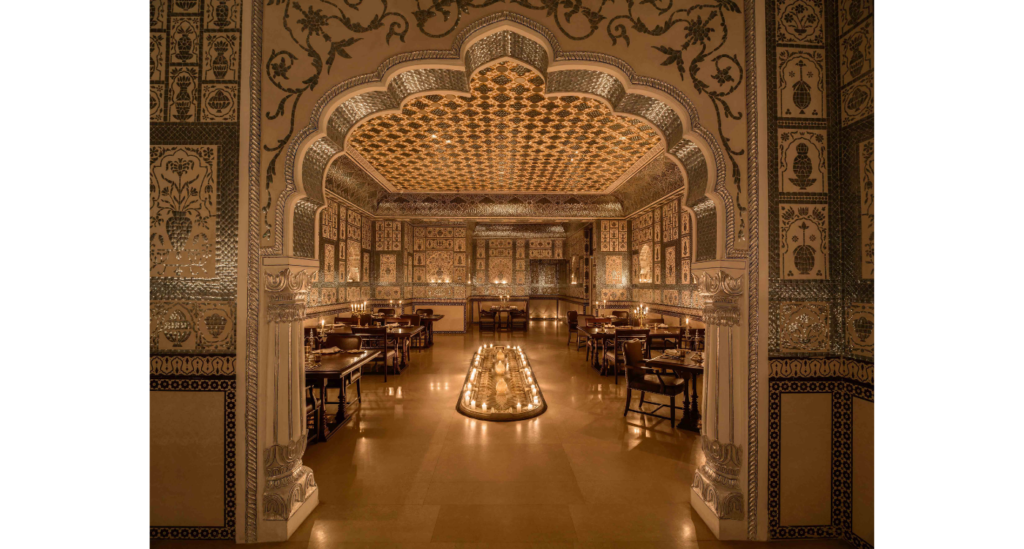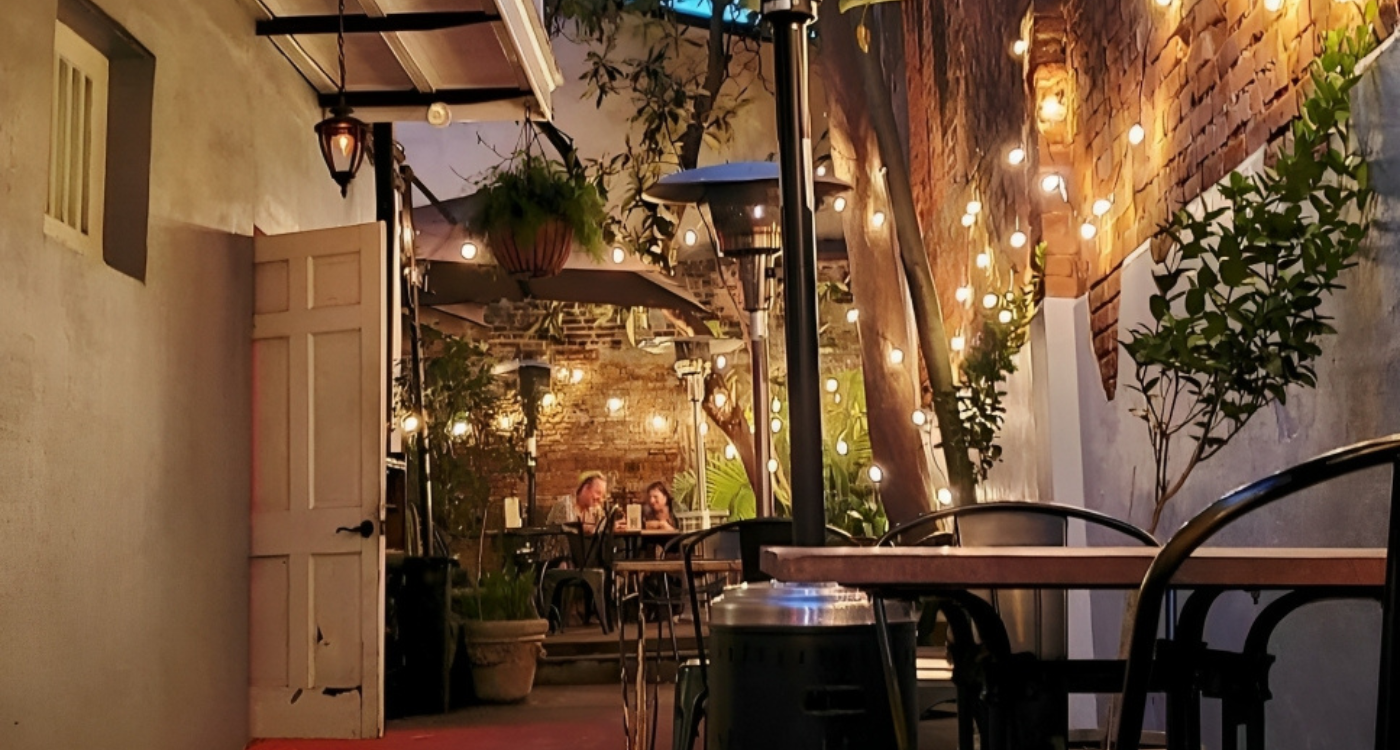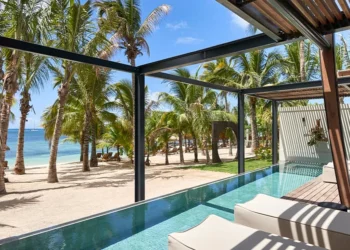In the fast-paced and ever-evolving world of hospitality, where every guest experience is a unique story waiting to unfold,the role of design plays a very important role, it goes far and beyond aesthetics. It is the silent architect that shapes the narrative of a stay, influencing satisfaction, loyalty, and the overall success of a hospitality business. In this article, we delve into the profound impact of hospitality design, meticulous attention to detail, and the art of personalization, unravelling how these elements weave together to create memorable experiences for your guests.
The Foundation: Increased Guest Satisfaction and Loyalty
Creating a welcoming hotel is more than just making it look nice; it’s about making guests feel comfortable and happy. A well-designed hotel goes beyond providing a place to sleep; it creates an experience that guests will remember. When we pick calming colours and arrange things in a way that makes the space feel open, it helps guests enjoy their stay more, and they are more likely to keep coming back because they like how they feel when they stay with us.
Here’s some of the ways to work on hospitality design-
1. Create a welcoming and inviting atmosphere

Welcoming guests into your hotel is an art form, and the canvas is the atmosphere you craft. The color palette you choose should be more than visually appealing; it should evoke a feeling of warmth and invitation. Soft, comforting hues set the tone, providing a backdrop for the soothing decor that envelops the space. Picture inviting seating arrangements strategically placed to encourage relaxation, creating an ambiance that goes beyond aesthetics. Coupled with a staff trained not just in professionalism but in the genuine art of hospitality, the overall atmosphere becomes an embrace that greets guests upon arrival.
When guests step into your hotel, the experience should start with a warm embrace. Achieving this involves a careful selection of design elements that evoke a sense of welcome:
– Warm and inviting colors: Opt for hues that create a cozy and comforting ambiance, steering away from harsh tones.
– Soothing décor: Incorporate elements like artwork, textures, and patterns that exude tranquility.
– Comfortable seating: Provide inviting seating arrangements in common areas, encouraging guests to relax and unwind.
– Friendly staff: A smiling face and a warm greeting go a long way. Ensure your staff is not only professional but genuinely hospitable.
– Pleasant ambiance: Consider background music or subtle fragrances that contribute to an overall pleasant atmosphere.
2. Pay attention to lighting

In the symphony of design elements, lighting takes center stage. It’s not just about banishing shadows but about creating an inviting glow that bathes your hotel in a comforting light. Harsh overhead lights are replaced with softer, more diffused alternatives, setting the stage for a relaxed environment. Multiple light sources, from table and floor lamps to the flicker of candles, add layers and depth, transforming your hotel into a welcoming sanctuary. The strategic use of light also accentuates specific areas, turning them into visual highlights that contribute to the overall warmth.
Lighting sets the mood and can significantly impact how guests perceive your hotel. To create an inviting atmosphere, pay attention to:
– Avoiding harsh overhead lights: Opt for softer, diffused lighting that creates a more relaxed environment.
– Using a variety of sources: Incorporate table lamps, floor lamps, or even candles to add warmth and depth.
– Highlighting specific areas: Use lighting strategically to accentuate focal points like the lobby, creating a visually appealing focal point.
3. Use comfortable furniture and fixtures

The comfort of your guests extends beyond the lobby; it permeates into their personal spaces. A well-designed hotel prioritizes comfort, from the plushness of beds to the sink-into-me softness of armchairs. Every piece of furniture becomes an invitation to unwind, contributing to an experience rather than just a stay. Additionally, fixtures are not just functional but user-friendly, ensuring that every interaction, from turning a faucet to opening a door, is a seamless and enjoyable part of the guest experience.
Guest comfort should be a top priority, especially in their personal spaces, we must ensure:
– Soft beds and plush armchairs: Invest in quality bedding and seating that invites guests to unwind.
– User-friendly fixtures: From faucets to doorknobs, prioritize functionality to enhance ease of use.
4. Update your décor regularly

Stagnation has no place in hospitality design. Keeping your hotel fresh and appealing involves a periodic transformation of its aesthetic. New furniture injects a contemporary flair, reflecting current trends in design. A fresh coat of paint breathes new life into spaces, instantly revitalizing them. Even small changes, like updating accent pieces, can work wonders in creating a dynamic and ever-evolving ambiance that resonates with guests.
A fresh and modern aesthetic can leave a lasting impression on guests. Consider:
– Adding new furniture: Stay on-trend with stylish, functional pieces that enhance the overall look.
– Updating paint colors: A fresh coat of paint can rejuvenate spaces and keep them feeling current.
– Refreshing accent pieces: Small changes, like swapping out decor elements, can make a big impact.
5. Use technology to enhance the guest experience

In the age of digital convenience, technology becomes a tool to enhance rather than replace the guest experience. Mobile check-in and keyless entry streamline the arrival process, offering guests a seamless welcome. In-room ordering options help guests to enhance their dining experiences from the comfort of their rooms. Access to information through digital platforms serves as a virtual concierge, enriching their stay with insights about the hotel and its surroundings.
Leveraging technology can elevate the guest experience to new heights:
– Mobile check-in and keyless entry: Streamline the check-in process for convenience.
– In-room ordering options: Allow guests to order food and drinks from the comfort of their rooms.
– Access to information: Provide digital access to details about the hotel and surrounding areas for a seamless experience.
6. Train your staff to be friendly and helpful

The final and perhaps most crucial element is the human touch. Your staff is not just a team; they are the storytellers of your hotel’s hospitality narrative. Training goes beyond the technical; it extends into the realm of warmth and genuine helpfulness. A warm greeting is not just a formality but a sincere expression of hospitality. Quick, helpful responses to queries become a trademark, and an extra-mile mentality transforms a stay from ordinary to extraordinary.
Your staff is the heartbeat of your hospitality business; their friendliness and helpfulness leave a lasting impression. Implement:
– Warm greetings: Train staff to welcome guests with genuine warmth and attentiveness.
– Prompt and helpful responses: Equip staff to answer questions promptly and go above and beyond to assist.
– Extra-mile mentality: Encourage staff to proactively enhance guest experiences, fostering a positive and memorable stay.
By incorporating these strategies, your hotel can cultivate an environment that not only meets but exceeds guest expectations, resulting in increased satisfaction, loyalty, and the overall success of your hospitality business.
Conclusion: Crafting the Future of Hospitality
In conclusion, the intricate dance between hospitality design, meticulous attention to detail, and the art of personalization forms the bedrock of a thriving hospitality business. By understanding and harnessing the synergies of these elements, hoteliers can go beyond creating spaces; they can craft experiences that resonate on a deeper level with guests. In an industry where impressions are etched in memories, the thoughtful design narrative ensures a lasting legacy of exceptional hospitality, positioning the business for sustained success and an enduring connection with its patrons.


























